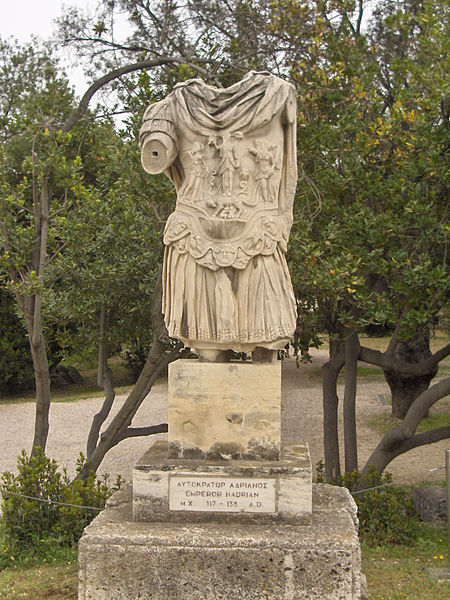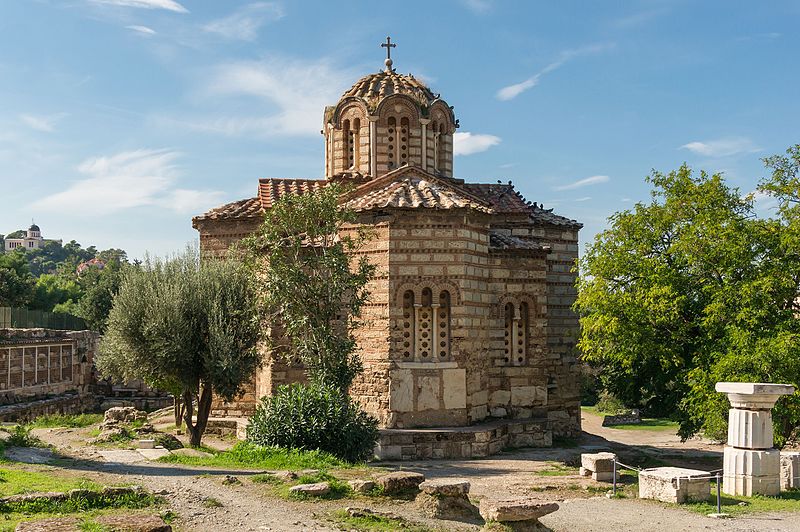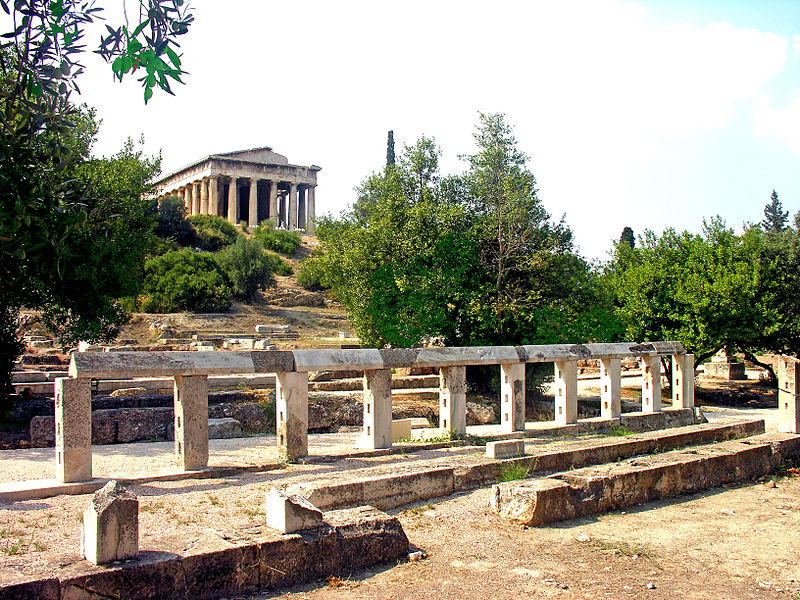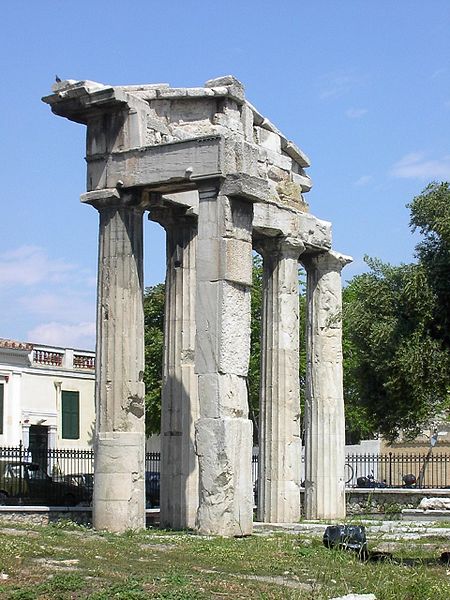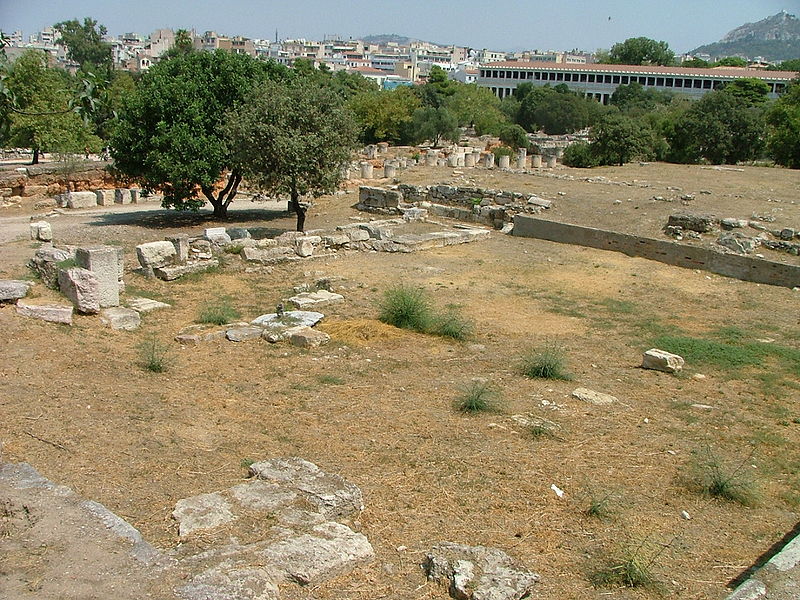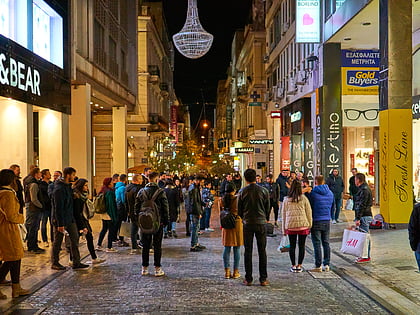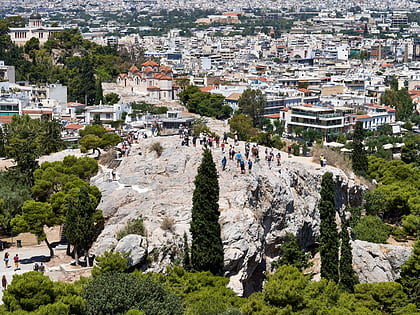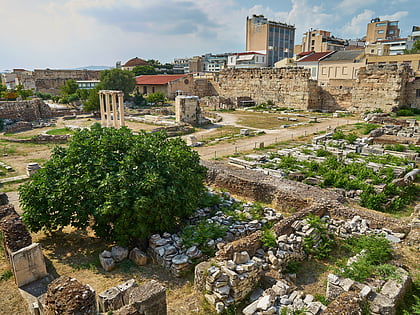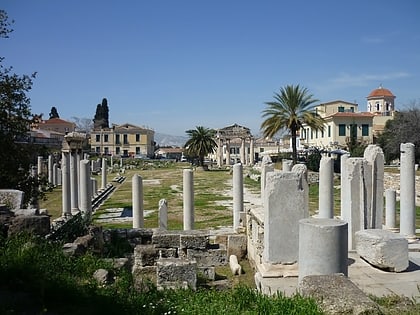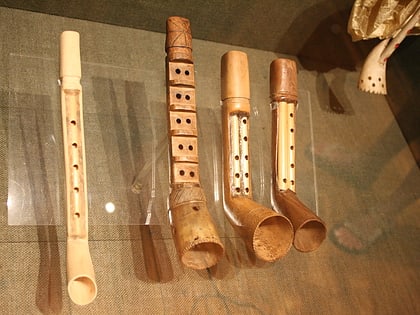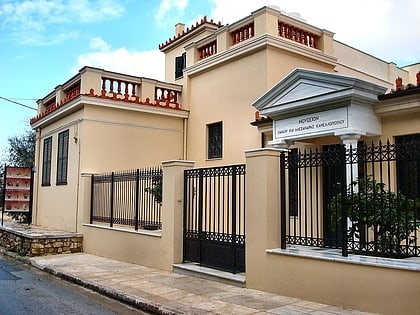Ancient Agora, Athens

Facts and practical information
Nestled at the heart of Athens, Greece, the Ancient Agora stands as a monumental testament to the city's rich historical and cultural past. This archaeological site, once the focal point of public life in classical Athens, served as a hub for political discourse, commercial trade, and social gatherings.
The Agora, meaning "gathering place" or "assembly" in Greek, was the center of Athenian democracy. It was here that citizens gathered to discuss and decide on matters that shaped the course of history. The open space was flanked by a multitude of important buildings, including the renowned Hephaisteion, a well-preserved Doric temple dedicated to Hephaestus and Athena, and the Stoa of Attalos, a covered walkway that now houses the Agora Museum.
The site's origins can be traced back to the 6th century BCE, and it continued to flourish through various historical periods, including the Hellenistic and Roman eras. The Agora's layout and structures evolved over the centuries, reflecting the changes in the political and social landscape of Athens.
Today, the Ancient Agora offers a unique glimpse into the life of classical Athens. Visitors can walk along the Panathenaic Way, the processional route that ancient Athenians took during the festival of Panathenaia, and explore the remains of the once-grand Bouleuterion, where the city council convened.
The archaeological site is open to the public year-round, inviting tourists and scholars alike to explore its extensive ruins and imagine the vibrancy of ancient Athenian life. The Agora stands not only as a physical space but as a symbol of the democratic ideals and philosophical endeavors that have shaped Western civilization.
Ancient Agora – popular in the area (distance from the attraction)
Nearby attractions include: Ermou Street, Temple of Hephaestus, Areopagus, Stoa of Attalos.
Frequently Asked Questions (FAQ)
Which popular attractions are close to Ancient Agora?
How to get to Ancient Agora by public transport?
Metro
- Monastiraki • Lines: Μ1, Μ3 (3 min walk)
- Thissio • Lines: Μ1 (7 min walk)
Bus
- Μοναστηρακι • Lines: 025, 026, 027, 035, 227, 500 (5 min walk)
- Βορεου • Lines: 025, 026, 027, 035, 227, 500 (6 min walk)
Trolleybus
- Θερμοπυλων • Lines: 21 (12 min walk)
- Ασωματων • Lines: 21 (12 min walk)
Tram
- Syntagma • Lines: Τ4, Τ5 (16 min walk)
- Βουλιαγμένης • Lines: Τ4, Τ5 (18 min walk)
Train
- Rouf (29 min walk)
- Lycabettus Hill Funicular - Lower Station (30 min walk)


